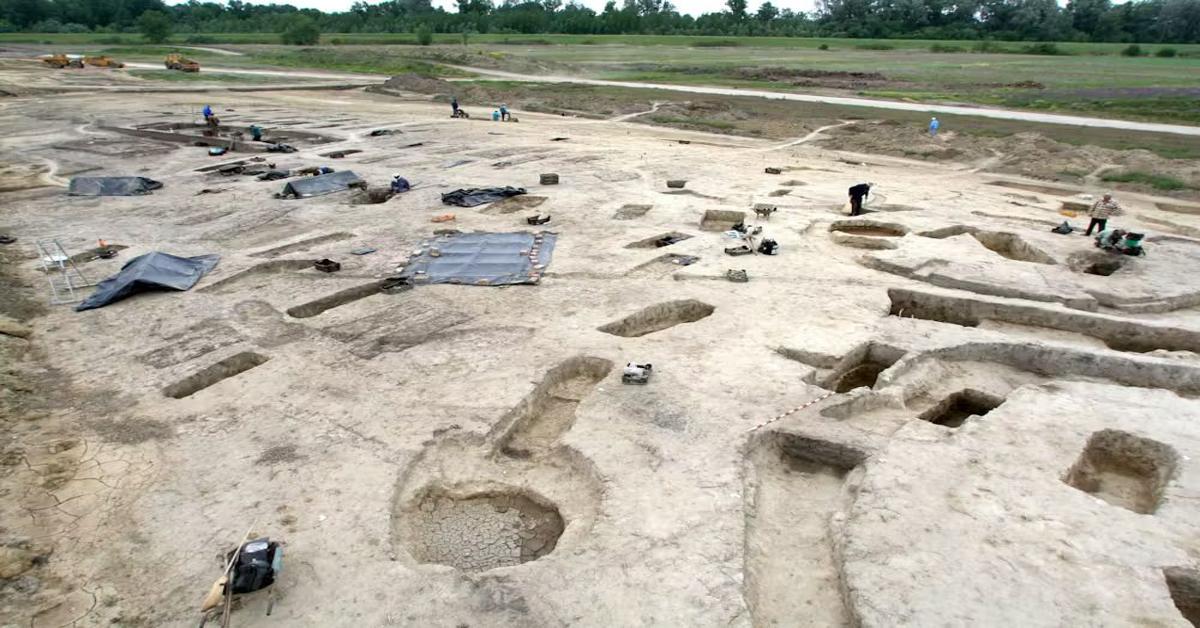
Recent archaeological genetics research in Hungary has mapped extensive family trees from Avar-era cemeteries, showcasing a societal structure rooted in patrilineal descent with pivotal roles for women in maintaining social cohesion
Recent advancements in DNA analysis have provided surprising insights into the lives and societies of the Avars, an ancient nomadic group that dominated the Carpathian Basin from the 6th to the 9th centuries.
Groundbreaking research conducted by an international team of archaeogeneticists, in collaboration with institutions like the Hungarian National Museum and the Max Planck Institute for Evolutionary Anthropology, has opened a window into this enigmatic civilization, which left behind no written records.
The Avars, originating from central Asia, are primarily known from the accounts of their contemporaries and adversaries, like the Byzantines and the Franks. However, they also shared historical and cultural ties with the Turks, who played a significant role in their migration into Europe.
Until recently, most of what was known about them came from the archaeological findings of over 100,000 graves, providing a fragmented view of their culture and practices. However, the application of modern genetic technologies to these ancient remains has started to piece together a more coherent picture of their social structure and kinship practices.
The researchers conducted extensive DNA testing on remains from four Avar-era cemeteries, which revealed detailed family trees and social dynamics that spanned up to 9 generations. By analyzing 424 individuals, they discovered that many were biologically related, with nearly 300 showing close genetic ties.
This allowed the team to reconstruct extensive family networks, revealing that Avar society was primarily organized around male lineage, a practice known as patrilocal descent.
One of the more intriguing findings of this study involves the role of women in Avar society. To maintain genetic diversity and strengthen social bonds, women often left their birth communities to marry into other villages, a practice known as female exogamy. This movement was crucial in preventing inbreeding and played a pivotal role in the social cohesion of the Avar Empire.
Moreover, the study highlighted relationships where women had children with more than one male member of the same family, indicating complex marital and familial arrangements that resembled those found in other Eurasian steppe cultures.
Despite the transition of political powers and cultural shifts, the core social structures of the Avars, particularly their kinship and descent practices, remained remarkably stable over centuries.
This research has paved the way for future investigations, aiming to broaden the geographical scope of study within the Avar realm to understand the origins and connections between different communities.
Source: Newsroom